Clayton Szczech has done many things in the mezcal and tequila worlds. He’s guided tours of tequila distilleries in Jalisco for a decade, guided tours of mezcal distilleries around Oaxaca, and even opened the only tequila bar in Tequila which was another sad casualty of the COVID 19 pandemic. Through it all his interest has been animated by how the history of the country, people, and the culture of Mexico is wound in and around agave spirits so it’s no surprise that his latest project is an agave spirit that is historically a tequila but outside the appellation so it can’t be labeled as such.
Szczech offers plenty of detail and context for this project in his blog post so, not to beat a dead horse, go check out that post for more details and perspective. But the greater context of this project is absolutely fascinating. It speaks to the history of tequila, where it could go in the future, the agave spirits movement, and the intersections between global consumers and the realities in small Mexican communities. Given all the recent discussions in this agave spirits world, this project casts all the discussions about appellations, cultural ownership, and the status of Mexican spirits in perfect relief.
What is it
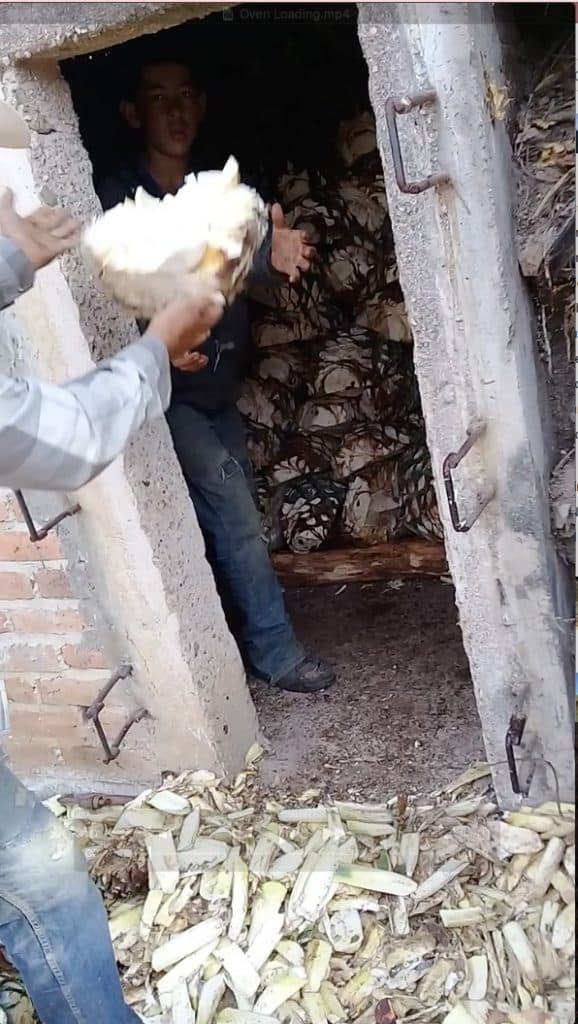
It’s simply and forthrightly labeled Destilado De Agave Azul / Blue Agave Distillate because it’s made from A. tequilana weber grown in the state of Zacatecas which is outside the formal tequila appellation. It was distilled in Jalisco but that doesn’t matter.
The process is classic tequila, the agave was steam roasted in a wood fired brick oven. It was shredded mechanically, mixed with the batida process. Fermented on fibers for 13-16 days and then double distilled in a classic copper alembic with a brick jacket built around the pot. Per Szczech the still is “definitely pre-machine era, held together with clips instead of bolts.”
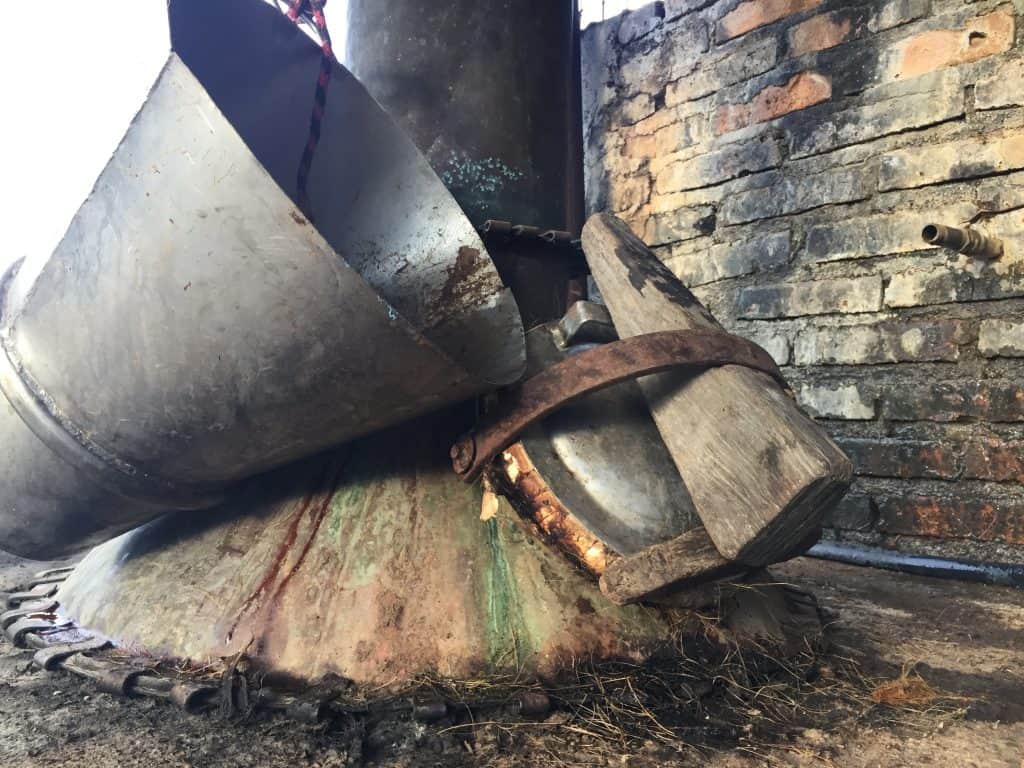
The resulting product varies per batch. They got 215 liters of the first batch at 41% and 139 liters of the second batch at 44%. There is some of each batch still available but at this point you can only put an order in through Szczech and he’ll try to fulfill once things calm down after the pandemic or when it’s somewhat more under control.
A circuitous route through tequila aficionados.
Getting to this destilado has all the hallmarks of a classic mezcal hunt. One of Szczech’s friends is a sommelier who used to work for Cuervo and has been working to strengthen all the culinary connections in Jalisco. Years ago she brought Szczech a bottle with, as he tells it, a “garage sale type tag tied around the neck that said “Alfredo Ríos Landeros – Atemanica.” I really liked it, thought it was one of the best tequilas I’d ever had.”
Szczech tried to get into contact with Rios but couldn’t get his phone number and getting up to Atemanica was an arduous voyage. Time passed then one day Rios as in the town of Tequila. He visited his friend and she told him “’there’s this gringo across the street who might be interested in meeting you,’ when he showed up it was kind of like a record scratching moment. He’s a serious ranchero!”
Szczech and Rios hit it off and started working on how they could distill another batch. Rios didn’t have any agave nor could they finance it. Per Szczech “I was bummed, he was bummed” but fortunately he was put in touch with the Banuelos family in Zacatecas to procure the agave for the project. “I made sure that I took Alfredo out to the fields, if the agave is good the wine will be this good, that was my question so I took him out to the fields, took brix readings, arranged to get it from that particular field.”
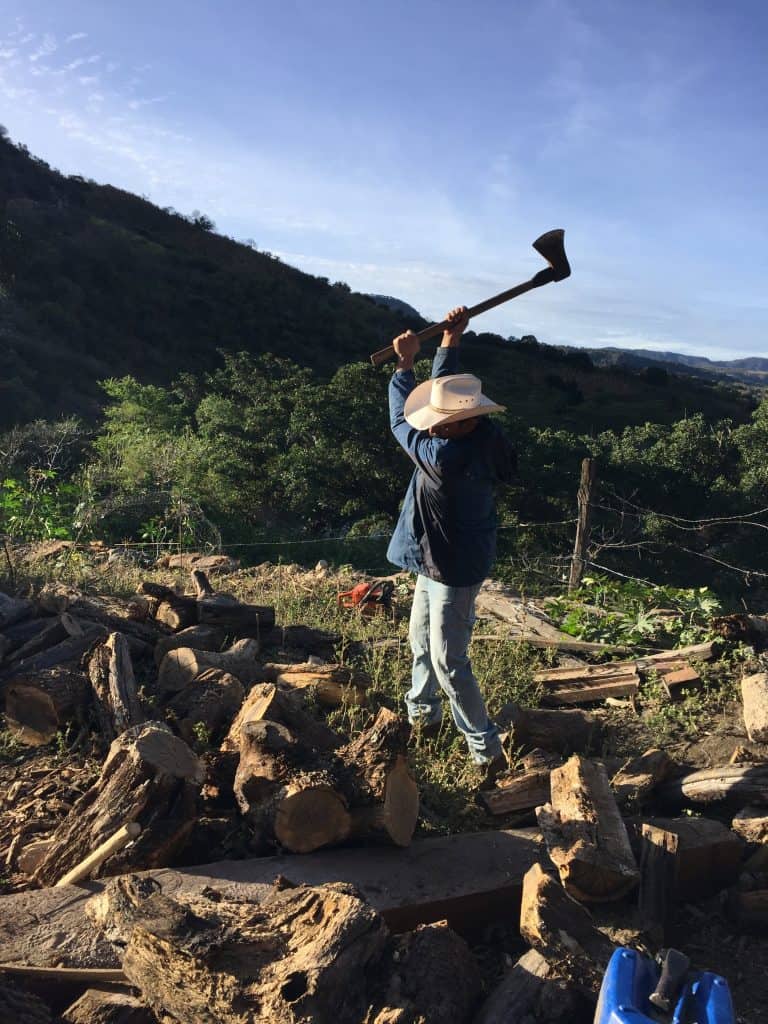
Szczech says that Rios can trace his distilling history “to at least great grandparents on both sides, so back to late nineteenth century. There has been distilling in Atemanica,” so it represents an amazing history. Szczech also told me that there’s an old Cuervo Foundation video “where they went out and talked to all these taberneros in the sierra, his (Rios’) dad was in that” so the distilling continuity is there but the absence of capital and agave have left all this heritage in peril. But the second they delivered the agaves Rios “was ecstatic to have mezcal to work with, his entire family was excited…people came by because they smelled it roasting, they hadn’t smelled it for years.”
What does it all mean!
There are so many obvious things to say about this project. The fact that it’s a tequila in spirit but not name says volumes about the issue of the appellation. The fact that Zacatecas’ western side was historically part of tequila just keeps picking away at that larger issue.
But the human side of this story, Alfredo Rios stuck in the middle of all of this with obviously great skills (read my tasting notes for some validation of the sensory success of this project) without access to capital, an entire culture stuck in neutral caught between appellation policies and financing. It really just kills you to hear this story. And that’s a big part of the motivation behind the project. When I first talked to Szczech about it he referred to it as his “social investment” initiative because it’s entirely self funded and aimed at getting Rios back into business while also resurrecting something of the gusto historico of tequila. Along the way if it helps further the discussion of what a tequila is and should be, that’s fantastic as well.
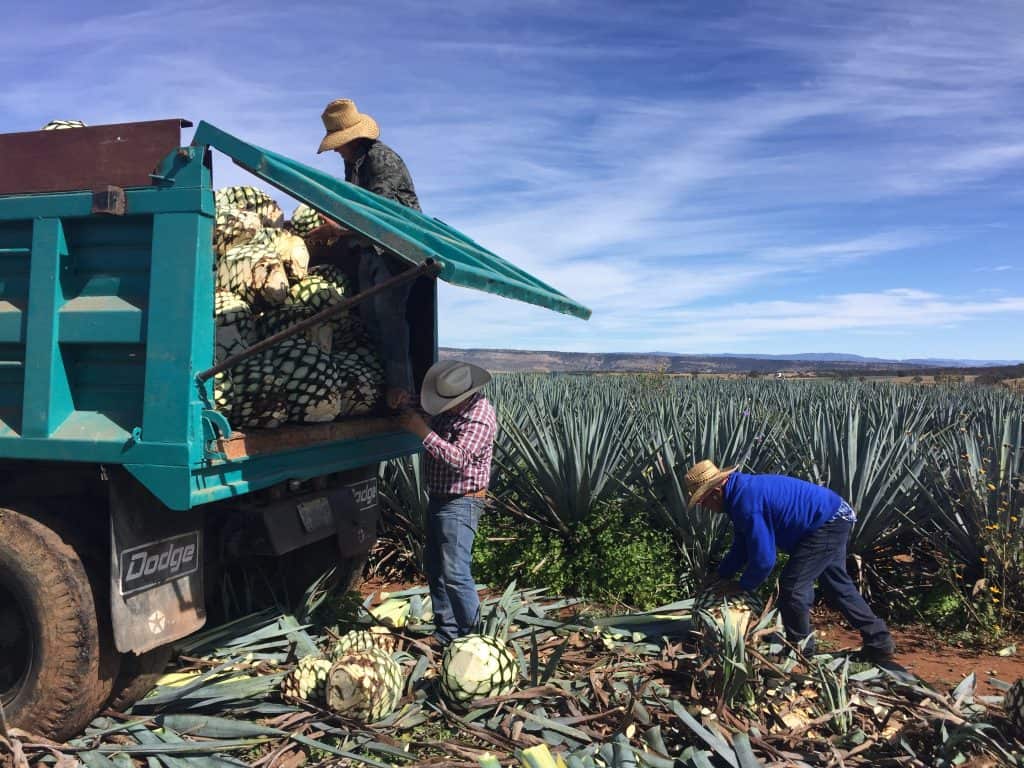
And there’s more. The obvious point about the initial contact coming through someone at Cuervo says a bit about the tequila community. You may find it strange that the connection came through a Cuervo affiliate but in my experience, that says quite a bit about the tequila world. You can look at it as a Manichean struggle between massive corporations creating cocktail spirits but the reality is much more subtle. Even if many of these people disagree with one another, they do love great tequilas and work to keep them alive.
As I’ve visited tequila distilleries in tequila this sense of community is obvious. Everyone is looking at what everyone else is doing. Just like any small geographically demarcated industry, proximity breeds gossip. But there’s also a lot of curiosity. My visit to Caballito Cerrero’s operation was pretty breathtaking because of that curiosity about the past but also the stubborn refusal to hew the brand line. Clearly there’s a discussion here that isn’t really happening openly. Perhaps the money is too good. Perhaps the timing isn’t right. But projects like this one definitely are opening up space for it because it’s high time that we reconsidered what tequila was historically. And we’re fortunate that one high profile investigation will emerge next year.
What’s next?
The Mexico City based Szczech says that “Alfredo messages me every couple of weeks, asking ‘what’s up? When are you coming back?’ I tell him I don’t know. I would like to raise the funds for another batch, but also to raise the money to replace the plastic vats with wood fermenters.“ But the question looming over all of this is how to do this safely and ethically as COVID 19 ravages Mexico and the world.
If the situation improves, Szczech would love to set up that next batch despite all the logistical complications because this mission to recover spirits like this with talent like Alfredo is what he, and so many people involved in mezcal, are all about. Szczech is looking at a futures program like the ones that have raised funds for many Mexican distillers. “Had COVID not occurred would have probably sold through everything already made, then taken subscriptions for following batch. But I don’t know when I can go there.” For now you can email Szczech to reserve some of what he has left. Once things open up, shipping can resume.

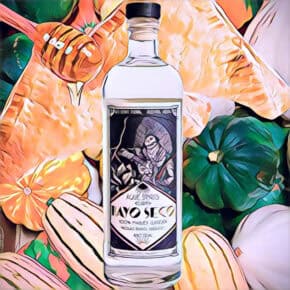

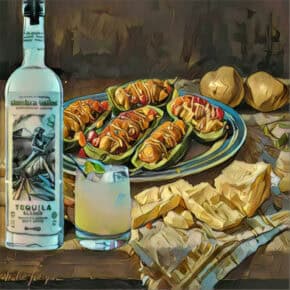








Great read about NO DO spirits!!
Thanks for sharing this awesome story. Its incredible that still nowadays its possible to bring back to life this type of cultural heritage, that is clearly beyond the interest and structure of regulatory councils.
Would be keen to see and cooperate along the way in this exciting chapter of historic Tequila.
SALUD!